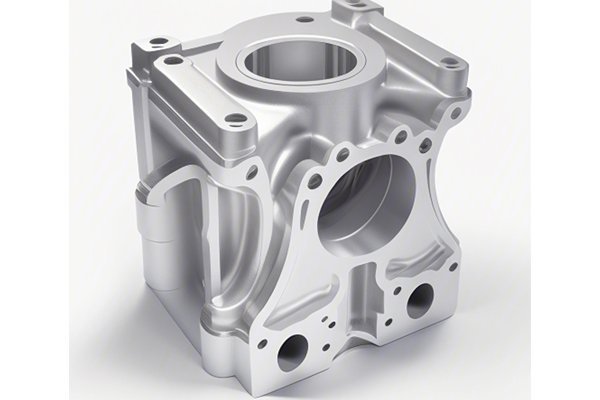When it comes to manufacturing, precision and quality control are not just buzzwords; they are the lifelines of success in any production process. Did you know that approximately 80% of manufacturing defects can be traced back to the first phase of production? This includes inaccuracies, misalignments, and substandard materials that often occur during the machining stage. As CNC (Computer Numerical Control) machining continues to transform the manufacturing landscape with its ability to produce intricate designs and complex components, one practice, in particular, stands out as critical to quality assurance: First-Article Inspection (FAI).
What is First-Article Inspection?
First-Article Inspection is a systematic process that reviews the first produced component or “first article” to verify that the production process can consistently produce parts that meet the specified requirements. The goal is to identify any discrepancies between the actual parts produced and the design specifications before production ramps up. FAI ensures that all factors affecting quality — tools, materials, and setup processes — are aligned with expectations.
The Importance of First-Article Inspection in CNC Machining
How to Implement Effective First-Article Inspection in CNC Machining
Effective implementation of FAI in CNC machining involves several key steps:
Before initiating any machining process, manufacturers must ensure that they have clearly defined their design specifications and tolerances. This often includes conducting design reviews and ensuring that engineering teams and production personnel understand the documentation in-depth.
Once the first article is produced, multiple inspections and tests should be conducted to ensure adherence to specifications.
After all measurements and inspections are complete, compiling a comprehensive report is essential for quality control.
Quality control does not end at FAI; it’s crucial to establish a system of continuous monitoring for ongoing quality assurance.
Common Challenges in First-Article Inspection and Solutions

While FAI is vital, it comes with challenges that manufacturers must navigate. Here we outline some common obstacles and their solutions:
Solution: Implement rigorous calibration protocols for measuring equipment and conduct regular audits.
Solution: Create a standardized documentation process that outlines how measurements should be recorded and what information needs to be included in the reports.
Solution: Develop strategic training programs that include hands-on training, workshops, and refresher courses.
Solution: Foster a culture of quality where every team member understands the value of FAI to the manufacturing process. Encourage open discussions about potential improvements.
Solution: Emphasize that the time spent on FAI is an investment that leads to higher production quality and reduced downtime in the long run.
Case Studies: Successful FAI Implementation
To highlight the effectiveness of FAI in CNC machining, we can dive into a few case studies from industries that have thrived through its implementation:
Case Study 1: Aerospace Industry
An aerospace parts manufacturer incorporated FAI into their production process for turbine components. By performing comprehensive inspections on the first production run, they identified a recurring machining error due to a tool wear pattern that was not apparent in simulation. Adapting their machining settings based on FAI findings resulted in a 50% reduction in curved surface discrepancies, allowing for parts that met safety standards without delays.
Case Study 2: Medical Device Manufacturing
A company manufacturing surgical instruments began to implement FAI after experiencing complaints about part failure. The FAI revealed that certain parts had not been machined to tolerance, leading to subpar performance. By addressing these concerns early, they not only improved product quality but reduced warranty claims by over 30%, significantly enhancing customer satisfaction.
Technology and Tools for Effective FAI
The landscape of CNC machining is continuously evolving, and technology plays a significant role in enhancing FAI processes.
: The Significance of First-Article Inspection in CNC Machining
In conclusion, First-Article Inspection is not merely a checkbox in the CNC machining process; it is a cornerstone for ensuring quality and reliability in manufactured products. By embedding FAI practices into the workflow, organizations can prevent costly errors, comply with stringent regulations, and ultimately deliver superior products.
Understanding how to effectively carry out FAI will make the difference between successful production runs and those that fall short of expectations. As industries advance and the demand for high-quality machining continues to rise, recognizing the importance of FAI becomes ever more crucial.
Investing time and resources into a robust FAI process can yield long-term benefits, reducing waste and creating a culture centered around quality. So, let this blog serve as a reminder of the power of First-Article Inspection in the world of CNC machining — a practice that could very well map the path toward manufacturing excellence.






